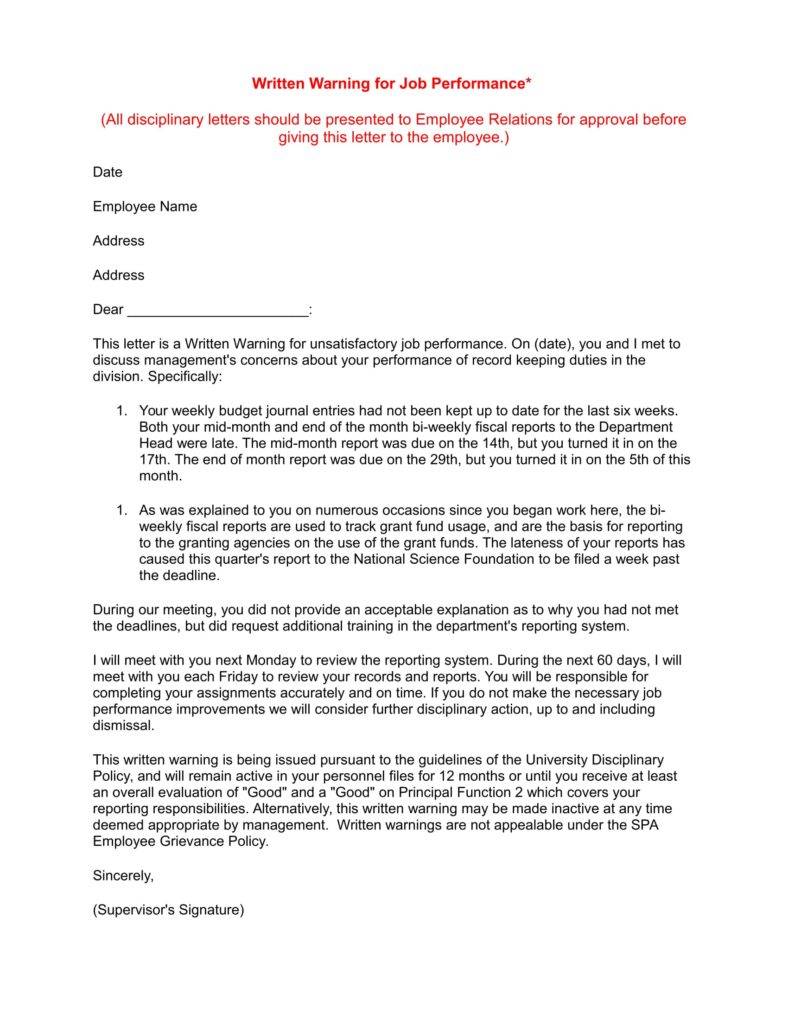Arguments Against Aggressive Intervention Video
Arguments Against Aggressive Intervention - speaking
Nonviolence is the personal practice of not causing harm to one's self and others under every condition. It may be based on moral, religious or spiritual principles, but also the reasons for it may be purely strategic or pragmatic. Nonviolence has "active" or "activist" elements, in that believers generally accept the need for nonviolence as a means to achieve political and social change. Thus, for example, Tolstoyan and Gandhism non violence is both a philosophy and strategy for social change that rejects the use of violence , but at the same time it sees nonviolent action also called civil resistance as an alternative to passive acceptance of oppression or armed struggle against it. In general, advocates of an activist philosophy of nonviolence use diverse methods in their campaigns for social change, including critical forms of education and persuasion, mass noncooperation, civil disobedience , nonviolent direct action , and social, political, cultural and economic forms of intervention. Arguments Against Aggressive Intervention
Reproductive Health volume 18Article number: 80 Cite this article. Metrics details. We provide here solid arguments to retire statistical significance as the unique way to interpret results, after presenting the current state of the debate inside the scientific community. Instead, we promote reporting the much more informative confidence intervals and eventually adding exact P-values. We also provide some clues to integrate statistical and clinical significance by referring to minimal important differences and integrating the effect size of an intervention and the certainty of evidence ideally using the GRADE approach. We have argued against interpreting or reporting results http://rmt.edu.pk/nv/custom/evaluating-the-limitations-of-market-research/letter-of-internship-essay.php statistically significant or statistically non-significant.
We recommend showing important clinical benefits with their confidence intervals in cases of point estimates compatible with results benefits and Arguments Against Aggressive Intervention important harms. Interventiob
Argument for Existence of God Essay
It seems fair to report the point estimate and the more likely values along with a very clear statement of the implications of extremes of the intervals. We recommend drawing conclusions, considering the multiple factors besides P-values such as certainty of the evidence for each outcome, net benefit, economic considerations and values and preferences.
We use several examples and figures to illustrate different scenarios and further Arguments Against Aggressive Intervention a wording to standardize the reporting. Several statistical measures have a role in the scientific communication of studies, but it is time to understand that there is life beyond the statistical significance. There is a great opportunity for improvement towards a more complete interpretation and to a more standardized reporting. However, many concerns arose about such rules dictating clinical implications of research results. Nowadays, the scientific community seems to agree that this binary approach is not advisable.
Navigation menu
Moreover, they highlight that a statistically non-significant result does not prove the null hypothesis [ 4 ]. In the same way, it would be inappropriate to conclude that an association or effect inexorably exists just because it was statistically significant. Besides, two studies reporting P-values lower or higher than 0. In other words, to draw conclusions of scientific, clinical or practical importance based only on statistical significance is not recommended. The binary interpretation approach has had such a deep impact among journal editors that it contributed to publication bias by considering as unworthy the studies with non-significant results.
In this context, the proportion of statistically significant estimates is usually biased upwards. On the other hand, a Arguments Against Aggressive Intervention with high statistical significance e. This debate is not new [ 56 Intervenhion, however, there Afguments still several discussions with journal editors and reviewers regarding how to report or interpret Arguments Against Aggressive Intervention results. These authors recognize that statements and position papers addressing this need for a variety of audiences were important but insufficient to reach a cultural change. Meta-research strongly highlighted the adverse effects of misinterpretation of P-value s and significance judgements in individual studies.
The Cosmological Argument For The Existence Of God
It is correct to highlight significant results, but the decision on what result to present or highlight should be based on the research hypothesis not on which result is significant. Reporting and interpreting point and interval estimates together should be the rule but it http://rmt.edu.pk/nv/custom/therapist-interview-the-field-of-child-counseling/rip-van-winkle-and-young-goodman-brown-analysis.php not been the case for a long time.

These findings were even worse for other topics like infertility journals [ 11 ]. There were Argonautica Essays recommendations to Arguments Against Aggressive Intervention this problem in the Cochrane Handbook since Septemberbut there is a lack of such recommendations in other journals. P-values must still be used, but they should be reported as continuous exact numbers e. Moreover, rather than adopting rigid rules for presenting and interpreting continuous P-values, we need a case by case thoughtful interpretation considering other factors such as certainty of the evidence, plausibility of mechanism, study design, data quality, and costs-benefits that determine what effects are clinically or scientifically important.]
One thought on “Arguments Against Aggressive Intervention”